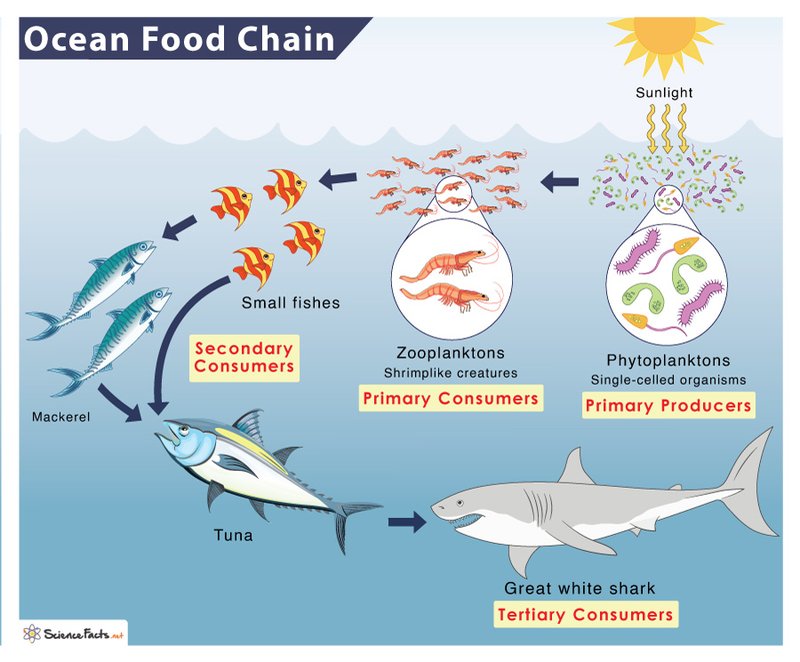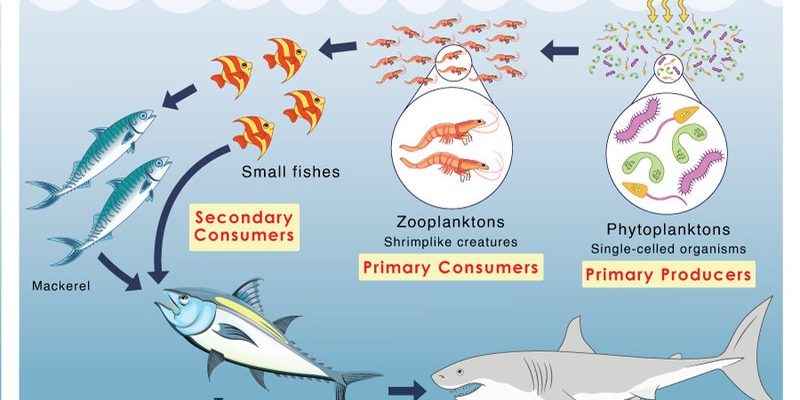
Imagine the ocean as a bustling city, with different species acting as its residents, each fulfilling specific roles. The Bobbit worm is like a skilled predator, lurking in the shadows, ready to strike. For those unfamiliar, the Bobbit worm is a long, segmented creature that can grow up to 10 feet long! They thrive in sandy or muddy ocean floors, often camouflaging themselves with their environment. So, why should we care about these unique worms? Let me explain their importance in the marine ecosystem and how they fit into the larger food web.
What Are Bobbit Worms?
Bobbit worms, scientifically known as *Eunice aphroditois*, are marine polychaete annelids found in tropical and subtropical waters. Picture a candy cane, but instead of stripes, it’s covered in bristles and can stretch out quite a bit! They can vary in color—some are bright red or green, while others blend with the ocean floor. What sets them apart is their impressive hunting technique. These worms can reach out with their sharp, elongated jaws to capture unsuspecting prey, making them effective predators.
You might be wondering, “How do they catch their meals?” Well, Bobbit worms bury themselves in the substrate, leaving only their jaws exposed. When fish or other small creatures swim too close, the worms strike with lightning speed, dragging their prey into their burrow. It’s a clever way to hunt, and it helps maintain a balance in the marine food chain.
Bobbit Worms in the Food Chain
So, where do Bobbit worms fit in the marine food chain? Think of them as a critical link between primary producers and top predators. They primarily feed on small fish, crustaceans, and other marine organisms. As predators, they help regulate the populations of these species, preventing any one group from overwhelming the ecosystem.
Moreover, the presence of Bobbit worms indicates a healthy marine environment. If you find these worms inhabiting a reef or ocean floor, it means there’s a good supply of prey for them, signaling that the ecosystem is thriving. By controlling prey populations, Bobbit worms contribute to the diversity of marine life, which is essential for the overall health of our oceans.
Bobbit Worms and Their Predators
While Bobbit worms are skilled hunters, they aren’t without their own predators. Larger fish, eels, and even some species of sea turtles enjoy snacking on these worms. This predator-prey relationship is vital for maintaining balance in the marine ecosystem.
Here’s the thing: when Bobbit worms are consumed by these larger creatures, they, in turn, provide nutrients that fuel new life. This cycle of life highlights the interconnectedness of marine species. Each organism, big or small, plays a part in sustaining the ecosystem. The absence or overpopulation of one species can throw off the delicate balance, affecting everything from coral reefs to oceanic health.
The Importance of Biodiversity
Biodiversity refers to the variety of life in a particular ecosystem, and Bobbit worms contribute to this diversity by occupying a unique niche. They help ensure that the ecosystem remains balanced, which in turn supports a wider range of marine species.
You might wonder why biodiversity matters. Well, a rich diversity of life helps ecosystems to be more resilient. When faced with changes—like climate change or pollution—ecosystems with a wide range of species can adapt more easily. Bobbit worms play their part in this complex web, enhancing overall resilience.
Threats to Bobbit Worms and Their Habitat
Despite their important role, Bobbit worms face threats from habitat destruction and pollution. Coral reefs, their typical habitat, are under constant pressure from human activities, making it harder for these worms to thrive. Additionally, the rise of ocean pollution can directly impact their food sources and habitats.
If Bobbit worms start to decline in numbers, it can lead to significant changes in the marine food chain. Fewer Bobbit worms mean more prey species, which may grow uncontrollably. This could cause disruptions in the ecosystem, leading to a decline in marine biodiversity.
Conservation Efforts and Awareness
There’s good news, though! Many organizations are working hard to protect marine habitats, ensuring that species like Bobbit worms can continue to thrive. Conservation efforts focus on reducing pollution, protecting coral reefs, and promoting sustainable fishing practices.
You can help, too! Being mindful of your impact on marine environments—like reducing plastic use and supporting conservation initiatives—can go a long way. By spreading awareness about these fascinating creatures, we can collectively ensure that they remain a vital part of our oceans for years to come.
Bobbit worms may not be the most glamorous creatures, but their role in the marine food chain is undeniable. They are pivotal as predators, helping to maintain balance in marine ecosystems. By understanding their importance, we can appreciate the intricate web of life that exists beneath the waves.
Next time you think about the ocean, remember the Bobbit worm patiently waiting in the sand, playing its part in this vast, beautiful ecosystem. By protecting them and their habitats, we safeguard the health of our oceans and the diverse marine life that calls them home.

